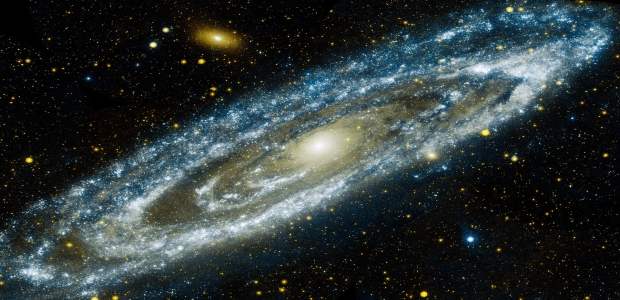To casual stargazers, space seems to have no boundaries. Yet fans of NASA’s farthest-flung spacecraft can’t stop talking about how the probe is on the verge of piercing a border surrounding the planets and plunging into the realm beyond, Since Voyager 1 blasted off in 1977, it has skirted past the kaleidoscopic clouds of Jupiter and the icy rings of Saturn. The spacecraft is now 124 times farther from the Sun than we are, and in the time it takes you to read this write up will venture outward 100 miles more.
Its most recent observations raise questions about our solar system’s true reach, Although we often consider Pluto the end of the solar system, Voyager 1 is more than three times farther than that and yet still within the Sun’s domain. Our mighty star currently shines on the probe with the brightness of more than a dozen full moons. The Sun makes its sphere of influence known with more than just visible light, spewing out a wind of particles that envelops the planets in a protective bubble called the heliosphere, No one knows exactly how big this bubble is, which explains all the recent excitement.
Back in 2004, Voyager 1 started seeing signs that the end was near, prompting some observers to talk about “the solar system’s edge.” The solar wind should slow abruptly as it presses against the space beyond, and Voyager saw just such a change. A twin probe, Voyager 2, saw the same tiling in 2007. Last year, Voyager 1 witnessed another exit sign. The number of cosmic rays from interstellar space went up, perhaps because the Sun’s magnetic field can no longer deflect as many high-speed charged particles. But not until Voyager feels the magnetic field lines flip will astronomers know that the craft has escaped the heliosphere. “It could happen in the next several months, or it could be several more years,” says chief Voyager scientist Ed Stone of Caltech.
If Voyager 1 does manage to leave the heliosphere before it runs out of power around 2025, the spacecraft will probe the Local Cloud, a wisp of interstellar flotsam absorbing traces of light from nearby stars. The cloud is a cosmic wanderer, not a permanent feature, but it plays a role in the heliosphere’s size: It compresses the heliosphere, albeit just a little because the cloud is diffuse. In the past, dense clouds might have so squeezed the heliosphere that even Earth sat outside the shield, exposed to cosmic rays that may have helped or hindered the origin of life. Our home planet is surely part of the solar system, so any limit that excludes Earth can hardly mark the system’s outer bounds.
A better measure of that final frontier would be the extent of the Sun’s gravitational grip, which reaches much farther still. A trillion frigid objects orbit the Sun beyond Pluto and the heliosphere, in the Oort cloud of comets. Although no one knows for sure, the comets may reach halfway to Alpha Centauri, the closest star system at 4.3 light-years away. In that case, despite its swift speed, Voyager 1 is like a California-bound traveller who has walked just a few miles from the Atlantic seaboard. At the end of our lifetimes, the solar system’s ultimate boundary will remain far off.

































